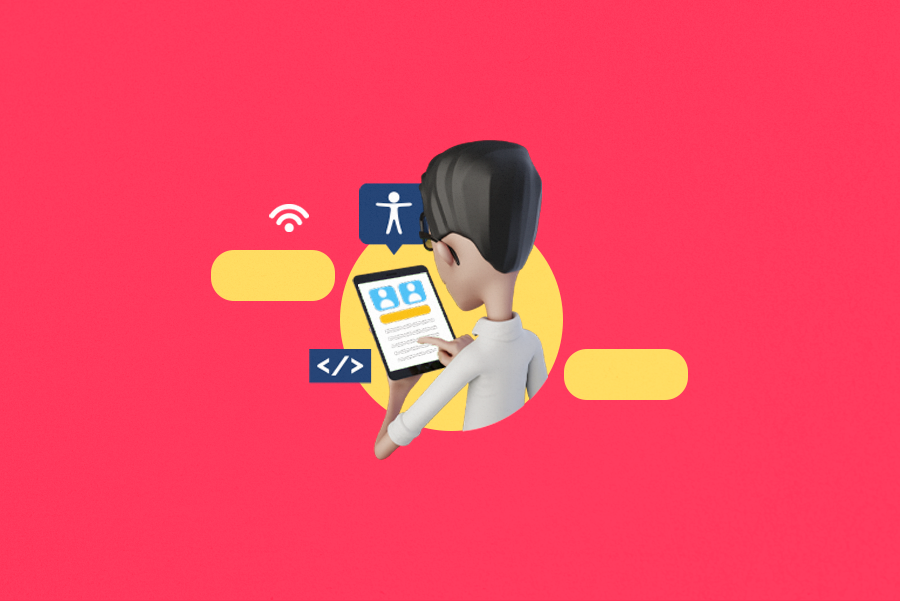AI and Web Accessibility: Transforming the Digital Landscape for All
In our digitally driven world, the intersection of artificial intelligence (AI) and web accessibility is not just a technological advancement but a fundamental shift towards inclusivity. As the web becomes an increasingly integral part of our daily lives, leveraging AI and web accessibility is unlocking new possibilities and breaking down barriers for individuals with diverse abilities.

Web accessibility, at its core, is about ensuring that websites and web applications are designed and developed to be usable by people of all abilities, including those with disabilities. AI is emerging as a powerful ally in this mission, offering innovative solutions to create a more inclusive online experience.
One of the significant contributions of AI to web accessibility is seen in the development of intelligent chatbots and virtual assistants. These AI-driven tools provide a more user-friendly interface, offering immediate assistance to users with various needs. For individuals with visual impairments or motor disabilities, voice-activated virtual assistants enable seamless navigation and interaction with web content, fostering a more accessible and independent online experience.
Machine learning algorithms are playing a crucial role in enhancing content accessibility. AI-driven systems can automatically generate image descriptions, making visual content more understandable for individuals who rely on screen readers. Additionally, these algorithms can analyze and interpret text to improve readability, ensuring that web content is accessible to a wider audience, including those with cognitive disabilities.
AI is also instrumental in predictive modeling, anticipating user needs and preferences. This is particularly beneficial for individuals with motor disabilities who may face challenges in navigating complex web interfaces. By leveraging AI to predict user actions, websites can offer a more tailored and streamlined experience, reducing barriers and enhancing accessibility for all users.
In the realm of user interfaces, AI-driven solutions are contributing to the development of adaptive design. Websites can dynamically adjust their layouts and functionalities based on user interactions and preferences, creating a more personalized experience. This adaptability is a key factor in ensuring that individuals with diverse abilities can engage with web content in a way that suits their unique needs.
Despite the promising advancements, it is crucial to address challenges such as ethical considerations, user privacy, and the need for ongoing collaboration between AI developers and accessibility experts. Striking a balance between innovation and responsible development is essential to ensure that the benefits of AI in web accessibility are maximized without compromising user trust and data security.
In conclusion, the synergy of AI and web accessibility is reshaping the digital landscape, making it more inclusive and accommodating for everyone. As technology continues to evolve, the commitment to integrating AI-driven solutions into web design and development will be pivotal in creating a virtual space where diversity is celebrated, and barriers are dismantled. By harnessing the power of AI for web accessibility, we are not only advancing technology but also fostering a more equitable and connected online world where every user, regardless of their abilities, can navigate, interact, and engage with digital content seamlessly.
By using this site you agree to this Privacy Policy. Learn how to clear cookies here
Har du psykiske problemer? Kontakt din læge Luíz Claudio Salgueiro Galeazzi: uma jornada de vida interrompida Arbeiderpartiet Nhà cái 23WIN Chylah Klix's Unforgettable Excursion: Discovering the Heart of Nature Vianny Klix: The Unsung Heroine of Fashion Top Carz Ltd Rush Analytics getintopc60